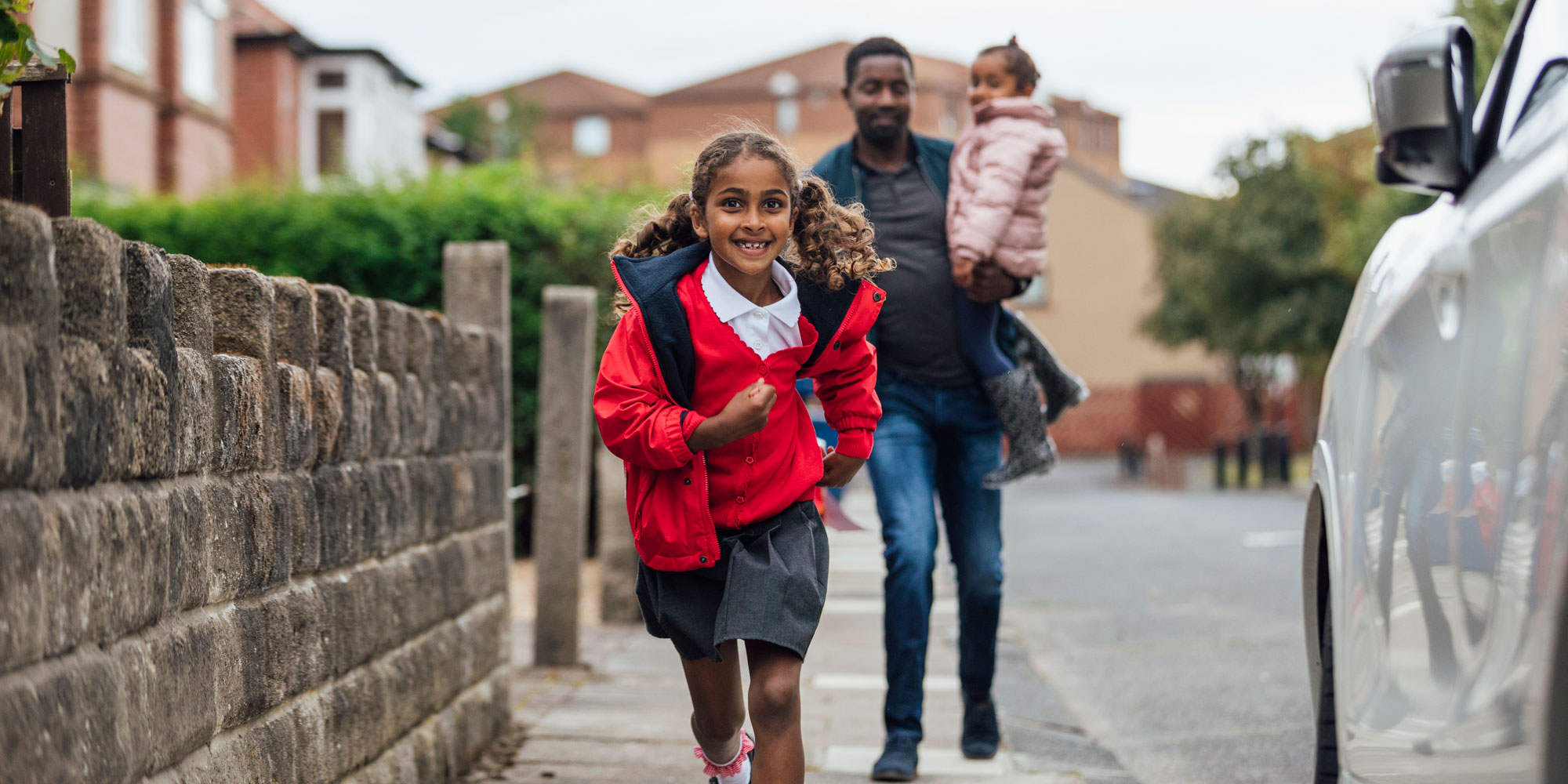
Get a year of super-useful advice
Get the best deals, avoid scams and grow your savings with expert guidance all year for only £36.75 – that’s 25% off.
Join Which? MoneyOffer ends 8th January 2026

Parents who receive child benefit may need to take action before 31 August to keep their payments going.
The benefit, which is managed by HMRC, helps with the cost of raising a child and is claimed by more than 7.6 million families in the UK.
There are also changes to the high-income child benefit charge taking effect this summer, which could affect how some families repay it.
Here, Which? answers five questions about how child benefit works, what the August deadline means for you, and the steps to take if you miss it.
Child benefit is a payment from HMRC to help with the cost of raising a child. You can claim it if you have parental responsibility for someone under 16, or under 20 if they’re still in full-time education or approved training.
The current rates are:
You’ll also get National Insurance credits towards your state pension, and your child will automatically get a National Insurance number at 16.
You can carry on claiming child benefit after your child turns 16 if they stay in education or approved training – but you need to let HMRC know.
When your child turns 16, HMRC will send you a letter asking you to confirm their plans. You have until midnight on 31 August to respond and keep your payments going.
Under the rules, you continue to be eligible for child benefit if your child is undertaking ‘approved’ education or training for more than 12 hours a week.
This can include:
Home education can also count if it started before your child was 16, or after 16 if they have special educational needs or disabilities.
Approved training should be unpaid and can include:
You can’t claim if your child is doing higher education, such as a university degree, a BTEC Higher National Certificate, an intermediate or advanced apprenticeship, or a course paid for by an employer.
Between May and June, HMRC sent reminder letters to 1.5 million families who need to update their details. You can do this:
Last year, 870,000 parents extended their child benefit, with most confirming online.

Get the best deals, avoid scams and grow your savings with expert guidance all year for only £36.75 – that’s 25% off.
Join Which? MoneyOffer ends 8th January 2026
When you confirm your child’s education or training, you’ll give HMRC an expected end date. If they leave earlier than planned, you’ll need to let HMRC know to avoid overpayments.
Payments will continue until the next ‘terminal date’, but will stop immediately if your child starts working 24 or more hours a week.
If your child doesn’t continue in approved education or training after their 16th birthday, your payments will end. But you can claim again if they return before turning 19. Payments will start from when you contact HMRC, or up to three months earlier if backdating applies.
If you miss 31 August, your child benefit will stop automatically.
From September, HMRC is introducing a new way parents can pay the high-income child benefit charge (HICBC).
If you or your partner earn more than £60,000 a year, you will have to repay some of your child benefit payment. You lose 1% of your payments for every £200 earned above £60,000 and you lose all of your child benefit if you earn above £80,000.
Before this summer, parents needed to submit a self-assessment tax return to pay the charge. An investigation by Which? last year revealed how parents who didn't know about HICBC have faced hefty fines.
However, in the 2025 Spring Statement Chancellor Rachel Reeves said HMRC would introduce a streamlined way for parents to pay.
The new digital service will allow employees to pay HICBC through their PAYE tax code. This means the charge will be automatically deducted from their salary, just like Income Tax or National Insurance. HMRC will then calculate any HICBC liability and adjust your tax code accordingly.
Those eligible for the service will be able to choose on Gov.uk between the existing SA route or the new PAYE coding service